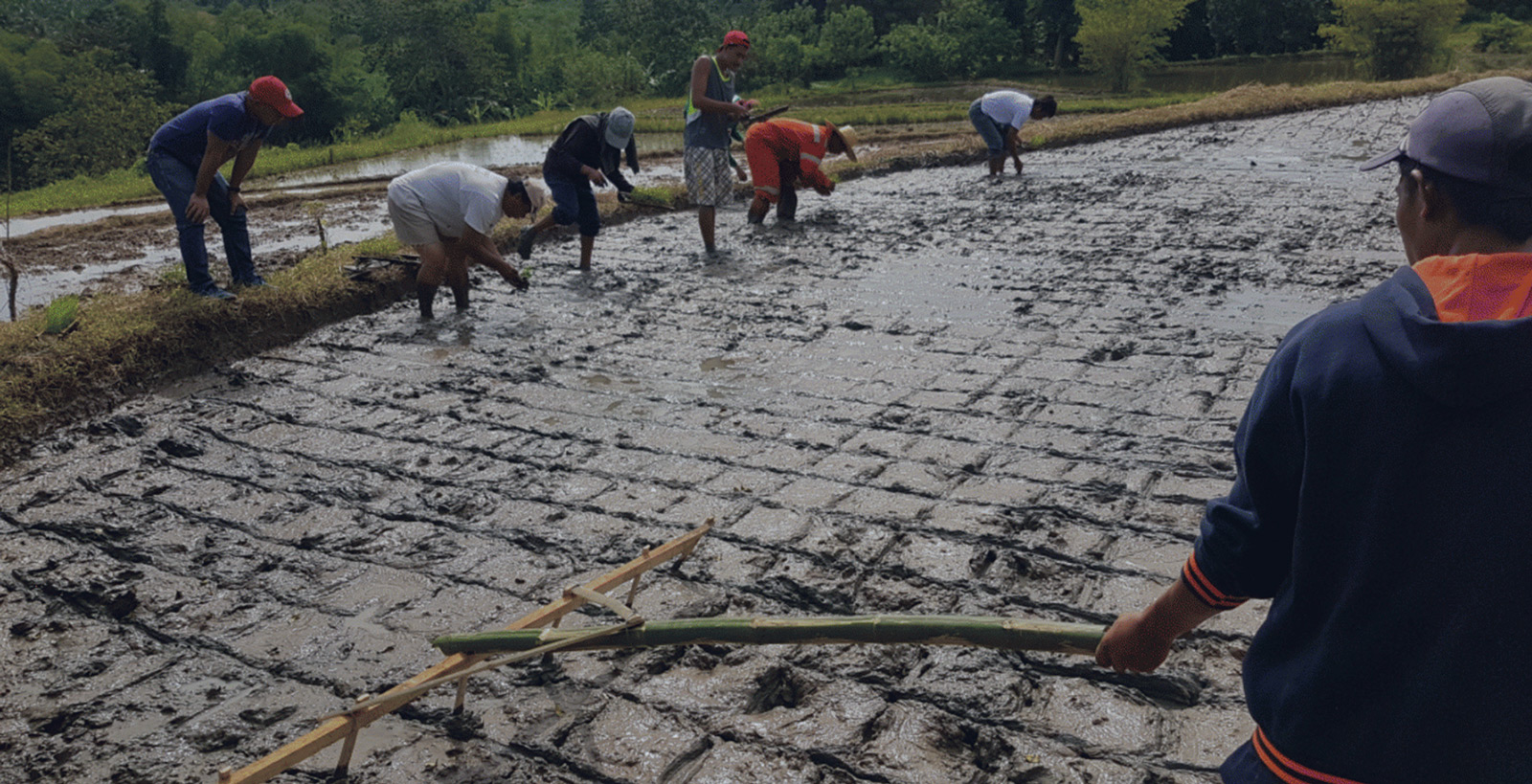PROVINCE NO. 12 IN 81 WITH POOREST FILIPINOS
By Mortz C. Ortigoza
There is a Visayan joke that described the classes of poverty in the Philippines.
Food for the rich - SUTOKIL (SUgba, TOla, KIniLaw (Roast, Stewed Chicken Meat and Papaya, Raw Marinated Tuna) )
Food for the poor - GIPUSIL (GInamos, PUs o, SILi (Fermented Anchovies or Round Scads, Cooked Banana Heart and Pepper)
Food for the very poor - GITUOK (GInamos , GiTUntungan sa OK-OK (Fermented Anchovies or Round Scads infested by Cockroaches).
Since I am going to use the jargons of the full year 2018
poverty incidence among population of the country by the Philippines Statistics
Authority, the joke above pastilan was just a teaser on this
figures’ numbing article.
There are more poor people in Pangasinan than the other three provinces of Region 1.
In the 2018 census of the Philippines Statistics
Authority released last December 6, 2019, it showed that the most numbers of
poor families, as seen by ranks below, are:
1. Pangasinan:
65, 200 families (Population: 2, 957, 000 PSA 2015)
2. Ilocos
Sur : 8, 800
families
3. La
Union :
5, 500
4. Ilocos
Norte 4, 700
 |
| Poor farmers in the Philippines. Photo Credit: Organic Without Boundaries |
As what the PSA said that a family is composed averagely
of five household members, the magnitude of the poverty incidence in Pangasinan
is 326,000 poor individuals.
In terms of the Annual Per Capita Threshold (APCT) in Pesos, the families of five in the
Philippines and the National Capital Region have to earn P25, 744, P28, 682,
respectively, yearly.
Falling below those amounts means a part of the poor in
the country.
On the Magnitude of Poor Families, there are 2, 986, 300 (14,931, 500 Filipinos) and 48, 000 (240,000 persons) in the Philippines and NCR, respectively. There are 2.3% poor families in the National Capital Region while there are 16.6% poor households in the entire Philippines.
The Philippines has a population of 108.12 million
in 2019 according to the United Nations.
On the Magnitude of Poor Families, the poor in the NCR
and the whole country dropped by 1.8%, 6.7%, respectively, compared with the
the 2015 census.
The most number of poor families in the 81 provinces’ Philippines.
1. Cebu : 131, 500 (657,500 individuals)
2. Negros Occidental : 109, 000
3. Sulu : 108, 600
4. Leyte : 108, 000
5. Camarines Sur : 86, 900
6. Zamboanga del Norte : 86, 800
7. Maguindanao : 83, 100
8. North Cotabato : 82, 900
9. Zamboanga del Sur : 74, 700
10. Bukidnon : 73,100
11. Iloilo : 68, 300
12. Pangasinan : 65, 200
13. Batangas : 57, 200
14. South Cotabato : 53, 800
15. Davao del Sur : 51, 400
Here are the excerpts of the definition of terms in
Filipino used by the PSA on its 2018 census.
Paano masasabi kung ang indibidwal o pamilya ay mahirap?
Ang poverty threshold ay tinatawag din na poverty line.
Ito ang linyang naghahati sa mga mahihirap at hindi. Kung ang kita ng bawat tao
ay mas mababa sa linyang ito, siya ay tinatawag na mahirap o may salat na kita
upang matustusan ang mga pangangailangan sa pagkain at iba pang pangunahing
pangangailangan. Sa kabilang banda, kung ang kita ng bawat tao ay mas mababa
kaysa sa katumbas na food threshold, siya ay nakararanas ng matinding kahirapan
o extreme poverty. Sila din ay tinatawag na food poor or may salat na kita
upang matugunan kahit ang pangunahing pangangailangan para sa pagkain.
Paano Sinusukat ang Poverty Threshold
Ang poverty threshold ay ang minimum na kita o
kinakailangang halaga ng isang indibidwal o pamilya upang matugunan ang mga
pangunahing pangangailangan sa pagkain (basic food requirements) at iba pang
mga pangunahing pangangailangan (basic non-food requirements).
Paano Sinusukat ang Food Threshold?
Ang food threshold ay tumutukoy sa minimum na kita o
kinakailangang halaga ng isang indibidwal o pamilya upang matugunan ang mga
pangunahing pangangailangan sa pagkain o basic food requirements.
Food Bundle Use as Chart
kombinasyon ng mga pagkaing may pinakamababang halaga;
kinakain sa lalawigan; tumutugon sa 100% na itinalaga sa Recommended Energy and
Nutrient Intake (RENI) para sa required na enerhiya at protina para sa isang
average na indibidwal; at tumutugon sa 80% para sa iba pang mga nutrients
Total Basic Expenditure
Ang total basic expenditure ay binubuo ng
pangunahing pangangailangan gaya ng pagkain, edukasyon, tirahan, pangkalusugan,
damit at sapin sa paa, ilaw, tubig at kuryente, renta sa bahay, pananatili at
pagkukumpuni ng mga gamit sa bahay, transportasyon, komunikasyon, materyal para
sa pangangalaga ng katawan.
READ MY OTHER COLUMN:
(You can read my selected columns at
http://mortzortigoza.blogspot.com and articles at Pangasinan News Aro. You can
send comments too at totomortz@yahoo.com)

No comments:
Post a Comment